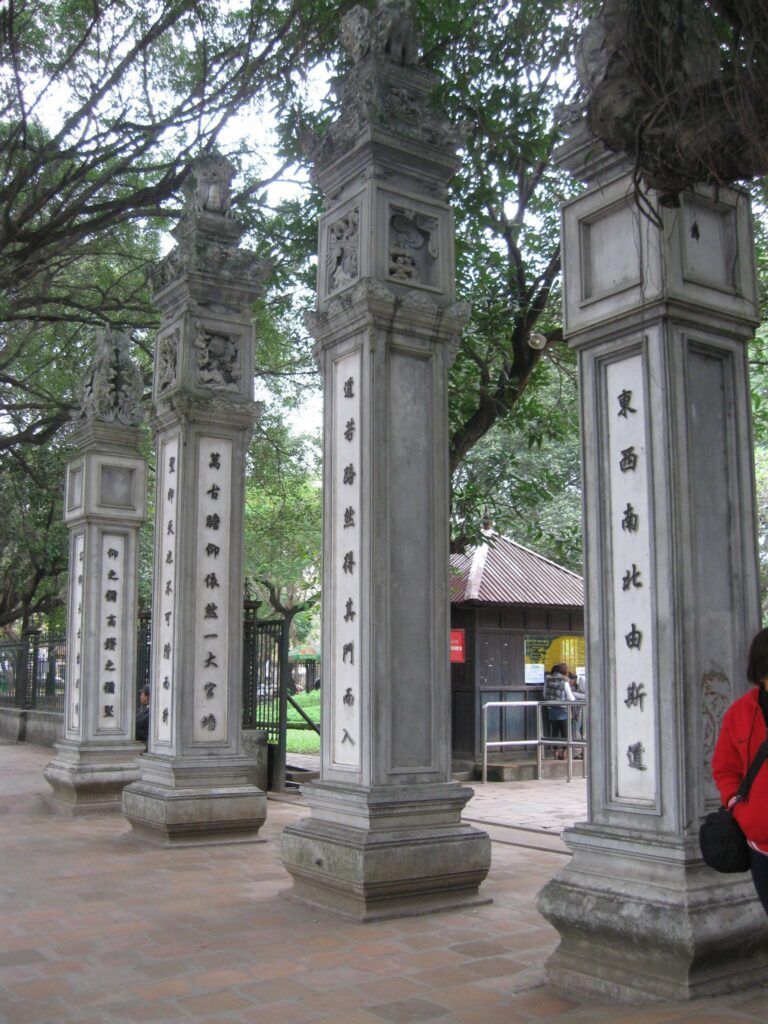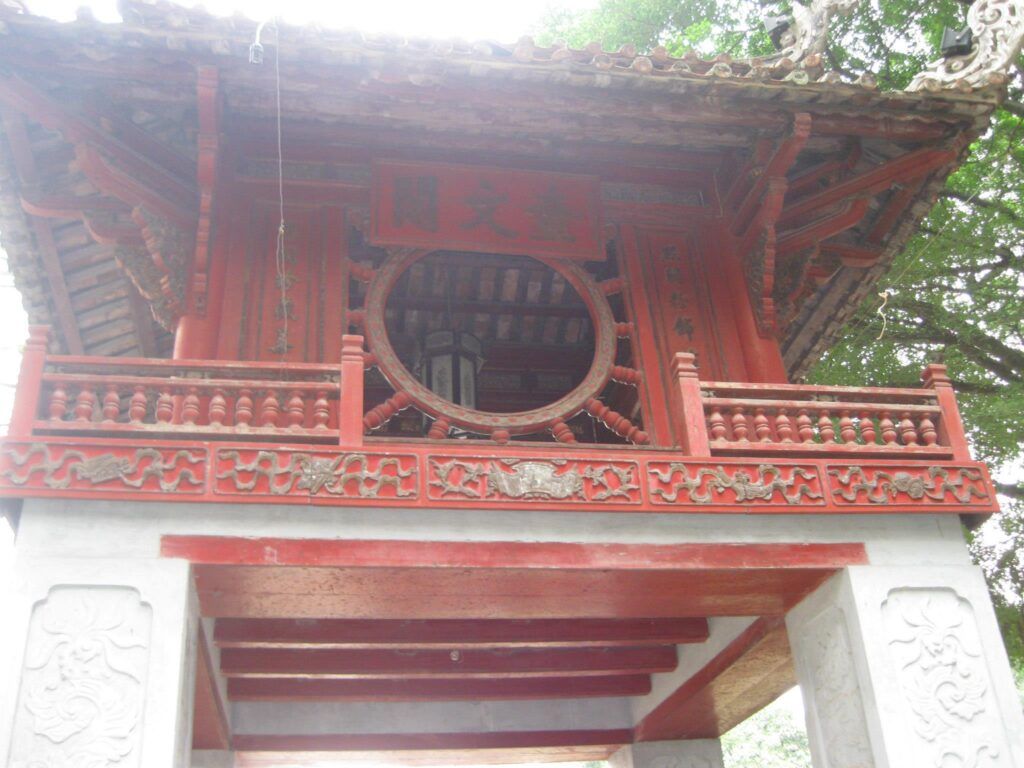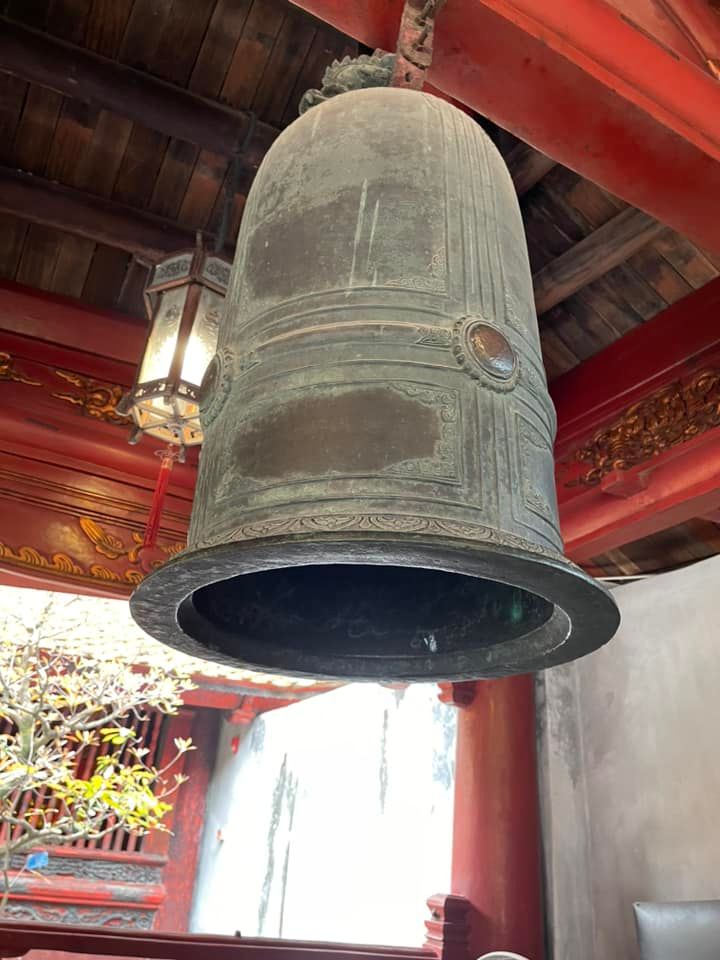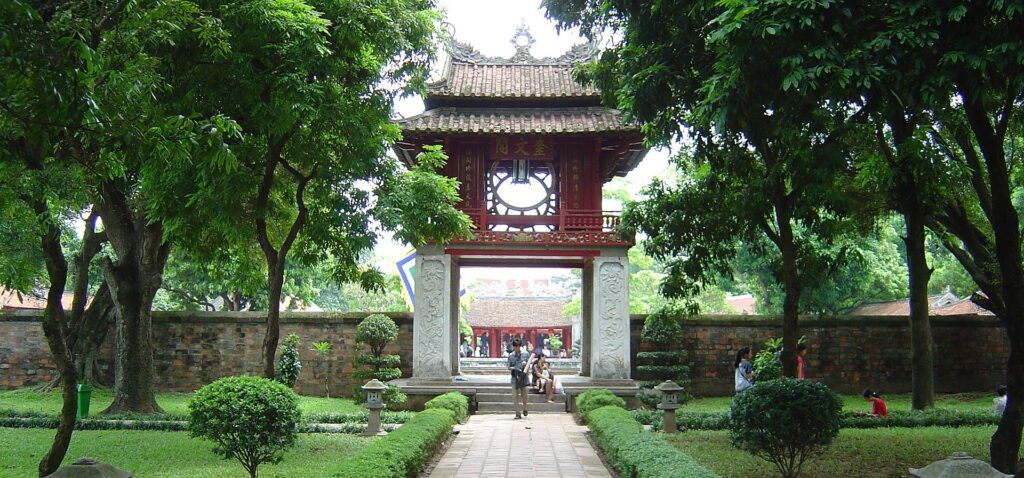Nestled amidst the bustling heart of Hanoi, Vietnam, lies the Temple of Literature (known as Van Mieu), a haven of tranquility steeped in centuries of academic tradition. More than just a temple, it’s a captivating tapestry woven with history, architecture, and cultural significance. This travel guide will unveil the Temple of Literature’s secrets, transforming you into a well-informed explorer ready to be enchanted.
A Walk Through Time: The Temple of Literature’s History
The Temple of Literature boasts a rich history dating back to 1070. Emperor Ly Thanh Tong, a passionate scholar himself, envisioned a place dedicated to Confucius, the revered Chinese philosopher, and to honor Vietnam’s brightest minds. Initially called the Temple of Quoc Tu Giam (National University), it transformed into the Temple of Literature in the 15th century as the focus shifted towards honoring successful graduates of the Royal examinations.
Over the centuries, the temple witnessed the rise and fall of dynasties, the evolution of Vietnamese education, and the perseverance of scholarly pursuit. Today, it stands as a testament to Vietnam’s deep respect for learning and its enduring cultural heritage.
Architectural Gems and Historical Significance of Temple of Literature
The Temple of Literature unfolds in five distinct courtyards, each with its own architectural charm and historical significance.
The Outer Courtyard: Your exploration begins here, greeted by the imposing Van Mon Gate, signifying entry into a sacred space. Take a moment to appreciate the intricate details and the carp sculptures flanking the entrance, symbolizing perseverance and success

The Middle Courtyard: Lush gardens and towering trees create a serene atmosphere. Scholars of the past would come here to unwind and contemplate. The Khue Van Cac pavilion, a crimson structure with a distinctive roof, dominates this courtyard. Built on four white stone pillars, it embodies architectural elegance and serves as a venue for royal pronouncements.

The Inner Courtyard: Step into a realm dedicated to academic achievement. The Well of Heavenly Clarity (Thien Quang Well) reflects the sky, symbolizing the purity of knowledge. Flanking the well are the Halls of Doctors, housing the Stelae of Doctors – 82 massive stone slabs meticulously carved with the names and birthplaces of over 1,300 graduates who excelled in the Royal examinations from the 15th to the 19th centuries.
The Sage Courtyard: Here, pay homage to Confucius, the philosophical giant whose teachings laid the foundation for Vietnamese education. A majestic statue of Confucius stands tall, surrounded by his disciples. The House of Ceremonies, a building adorned with intricate dragon sculptures, was used for rituals honoring Confucius and other scholars.
The Final Courtyard: The journey concludes at the Thai Hoc Courtyard, where the imposing Drum and Bell Tower stands as a symbol of the importance of timekeeping in academic pursuits. The rhythmic sounds of the drum and bell once announced the beginning and end of examinations

Beyond the Architecture: Cultural Gems
The Temple of Literature offers more than just architectural wonders. Throughout the year, the temple comes alive with cultural events. Witness traditional music performances, and calligraphy demonstrations, and even partake in tea ceremonies, immersing yourself in Vietnamese culture.
During the Festival of Doctors (held annually on the 15th day of the first lunar month), the temple transforms into a vibrant celebration of academic excellence. Costumed parades, offerings to Confucius, and the release of carp symbolize the hope for future scholarly success.
Embrace the Scholarly Spirit:
The Temple of Literature isn’t just a museum; it’s a place that evokes the spirit of learning. Imagine the dedication and perseverance of past scholars who walked these very grounds. Let their stories inspire you, whether you’re a lifelong learner or simply someone who appreciates the pursuit of knowledge.
Planning Your Visit
The Temple of Literature is open daily, with extended hours during the summer months (April to October).
Getting There:
Address: 58 Quốc Tử Giám, Văn Miếu, Đống Đa, Hà Nội
Located in the heart of Hanoi’s Dong Da District, the Temple of Literature is easily accessible. You can take a taxi, rent a motorbike (be cautious of traffic!), or hop on a local bus (routes 02, 23, 38, 25, or 41) that drops you close by.
Dress Code:
As a place of cultural and historical significance, respectful attire is recommended. Opt for light, comfortable clothing that covers your shoulders and knees.
Entrance fee
Adults: 70,000 VND (~US$ 3) for Vietnamese and foreigners
Students: 35,000 VND (~US$ 1.5) (student card required)
Children under 15: Free

